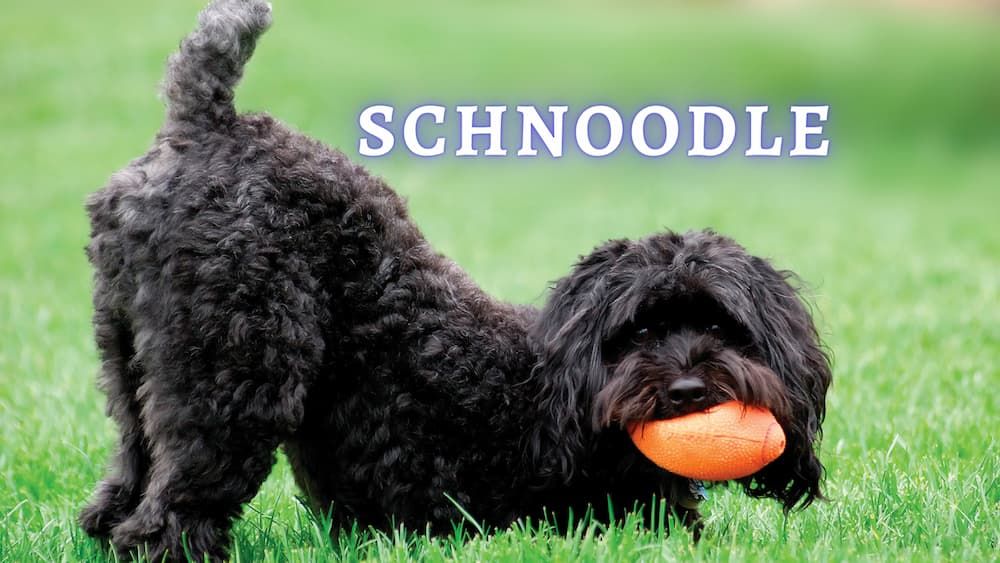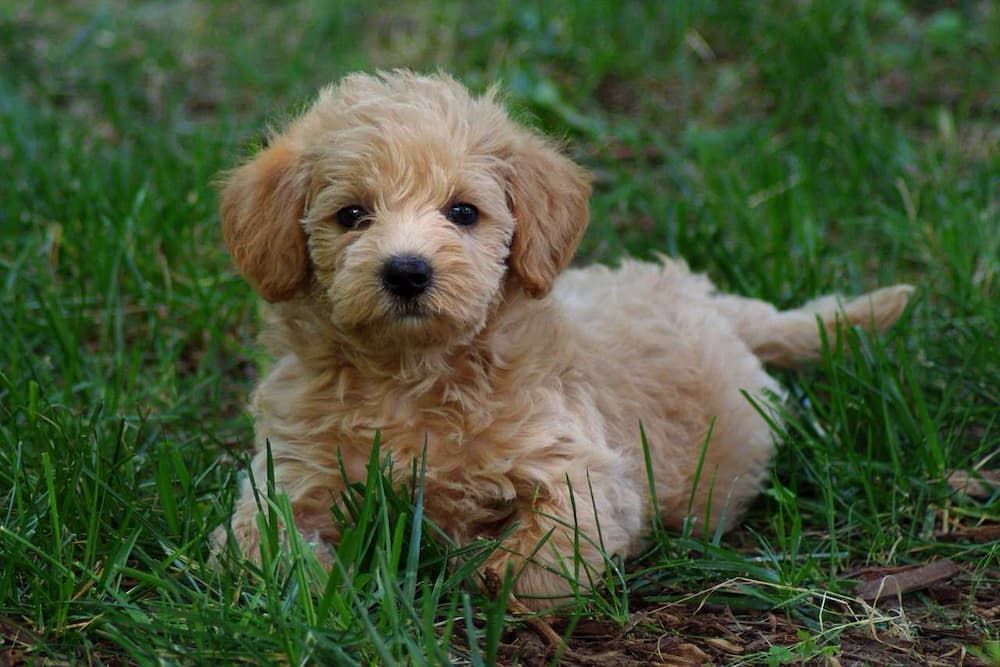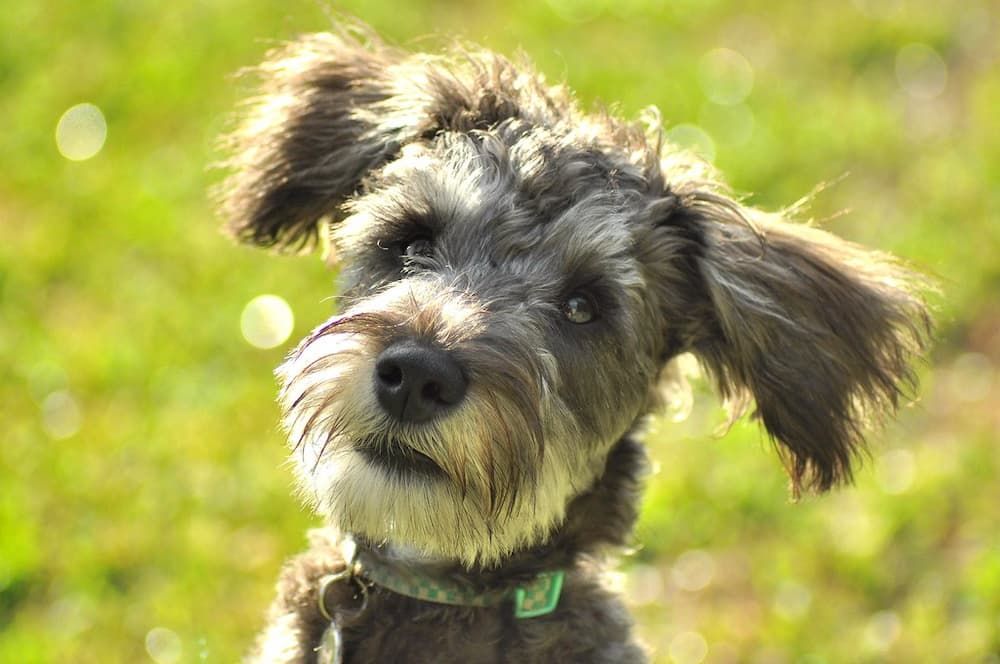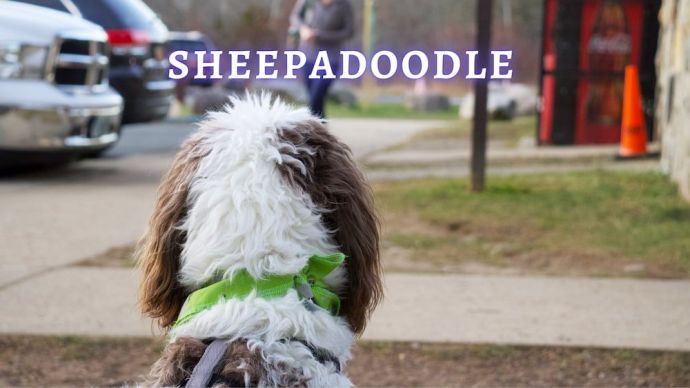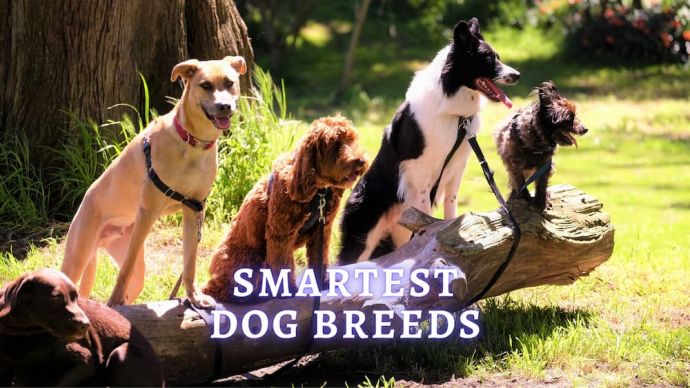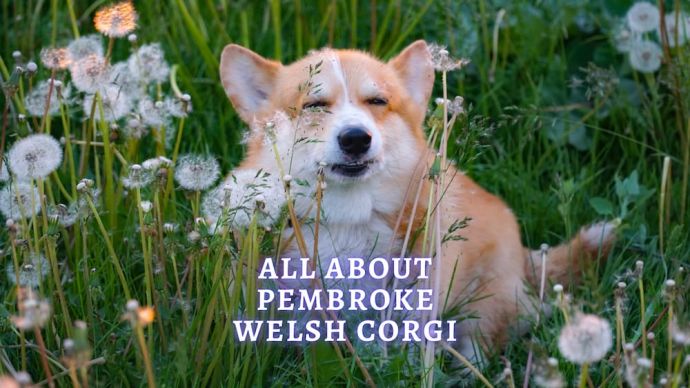Schnoodle: Personality, Temperament, and Everything Else You Should Know
Written by:
Author: Elle Veranth
A copywriter for articles and blogs about pet care, food, beverage, and business. Has always had a passion for writing and editing, but began taking freelancing seriously fairly recently.
View all 29 articlesLearn about our editorial process and veterinary review board.
Viewed: 1180
Updated on: 03/23/2022
Intelligent, playful, and family-oriented are just a few personality traits to describe a Schnoodle. This designer breed is a hybrid of a Schnauzer and Poodle and have been stealing the hearts of families since the 1980s. They are incredibly loyal and love to be close to their people.
Schnoodles love their daily exercise and enjoy playing fetch. They are excellent companion dogs and confident watchdogs, even though most of them are 20 pounds or less. A Schnoodle is often described as a teddy bear dog.
Schnoodle Characteristics
| Weight | 6-10 pounds (Toy), 13-20 pounds (Miniature), 20-75 pounds (Standard) |
| Height | 10-12 inches (Toy), 12-15 inches (Miniature), 15-26 inches (Standard) |
| Colors and Patterns | black, gray, silver, brown, white, apricot, sable, black and white, black and tan, multi-colored |
| Lifespan | 10-15 years |
| Suitable for | agility training, therapy dog, family dog |
Breed History
Both the Poodle and Schnauzer are originally from Germany. Poodles were originally bred for hunting and would retrieve ducks and other birds for their owners. Their coat colors may be white, black, or apricot.
Speaking of their coats, Poodles are known for being hypoallergenic and are ideal pets for people with allergies. Their curly coat is actually referred to as “hair,” not “fur.” The reason for this is that hair does not go through a shedding period, but fur does. Some stray hairs may fall out every now and then, but Poodles’ hair won’t end up all over your couch pillows.
It is highly recommended that Poodles are brushed daily to avoid their hair from matting, especially if they have a longer coat. Some owners take their Poodle to a professional groomer every four to six weeks, but some others learn to do it themselves.
Many hairdos exist for Poodles. For show dog competitions, Poodle puppies will have an even length of hair all over their body (this is called the Puppy Clip), but adult Poodles have more specific rules when it comes to their hairstyles during a competition. They must either have the Continental Clip, the Modified Continental Clip, or the English Saddle. [1]
Poodles are incredibly intelligent and are often viewed as one of the easiest breeds to train. They are also very loyal and eager to please their owners.
Schnauzers were also used for hunting back in the day and herding, helping with work around the farm, and acting as a watchdog. They are known for their bark, which would alert farmers and their families if any unwelcome guests were on the property. [2]
Schnauzers’ coats can be all black, but it is very common for them to have salt and pepper markings. This essentially looks like a mixture of white, gray, and black. Their coat has a wiry texture and they are known for their beards. Some Schnauzer owners choose to crop their ears, which make them appear even more alert.
They have a strong, square-built body frame and elongated faces. Schnauzers have a strut that is confident and they will do anything to protect their families.
Poodles are an incredibly popular dog breed to cross with others to create designer offspring. Their intelligence, loyalty, and friendliness makes them an ideal mate for a Schnauzer, a breed that is a bit more wary of strangers.
The Schnoodle was first introduced in the early 1980s. This was the decade when the breeding of Poodles with other dog breeds first began and their popularity has greatly increased since then.
Many people found Schnoodles to be ideal companions because they have the friendliness of a Poodle and the protective instincts of a Schnauzer.
Interesting Facts About Schnoodles
Since both Poodles and Schnauzers each come in three different size varieties, technically Schnoodles can as well. The three varieties of Schnauzers, from smallest to largest, are the Miniature Schnauzer, Standard Schnauzer, and Giant Schnauzer. For Poodles, from smallest to largest, they are called the Toy Poodle, Miniature Poodle, and Standard Poodle.
When it comes to a mixed breed dog, there tends to be a lot of mixing and matching. For example, while producing a Giant Schnoodle by breeding a Giant Schnauzer with a Standard Poodle, a typical Schnoodle does not exceed 20 pounds. This such Schnoodle is often the result of breeding a Miniature Schnauzer with a Miniature Poodle.
Adopting a Schnoodle may be an ideal choice for someone with allergies. Both parent breeds are low-shedding dogs, but each of them have their own unique grooming needs. Keep in mind that the term “hypoallergenic” does not necessarily mean that a dog doesn’t shed at all.
Schnoodles will shed, but only very little. They need to be brushed very frequently to avoid matting. If your Schnoodle has a long beard like their Schnauzer parent, it will need to be cleaned often. Beards can trap food and moisture which will cause bacteria to grow.
Schnoodle Temperament and Personality
Schnoodles are happy-go-lucky dogs with fun-loving personalities. They are often described as “forever happy” and simply enjoy being around people and playing with toys. Many of them love to play fetch and are also known to love going for rides in the car.
Because they love people so much, especially their own family, Schnoodles may experience separation anxiety when they are left alone for long periods of time. They love children, but just like with any dog breed, they should be supervised around them.
Having a dog that is well socialized with other dogs is very important. Schnoodles generally do great with other dogs since they are so cheerful, but it is still an excellent idea to socialize them as early on as possible. Enrolling your Schnoodle in a puppy kindergarten class is a good idea.
Both Poodles and Schnauzers are very intelligent breeds, so Schnoodles naturally are as well. With any dog, early training is a must. Puppies are the most impressionable since they are so young, so it is important to dedicate the time and energy that is needed to train them.
Due to their intelligence, Schnoodles may be ideal candidates for agility training and other dog sports. The Schnoodle is no couch potato dog. They enjoy learning new tricks and showing off how much they know. Schnoodles also make great therapy dogs since they are so friendly and well-mannered.
The purebred Schnauzer has a very distinct bark and will not hesitate to do so. This trait may also carry over to the Schnoodle. Barking can be very bothersome not only to neighbors but also to people or other animals in your home. Some Schnoodles may also enjoy digging in the yard. Luckily, if your Schnoodle is trained early on, avoiding excessive barking or digging is possible.
READ MORE: Best Online Dog Training Courses
Schnoodle Characteristics
Adaptability: 3 out of 5 (overall)
| Adapts well to apartment living | 3 out of 5 |
| Tolerates being alone | 2 out of 5 |
| Good for new owners | 5 out of 5 |
| Sensitivity level | 4 out of 5 |
| Tolerates cold weather | 2 out of 5 |
| Tolerates hot weather | 4 out of 5 |
All Around Friendliness: 4 out of 5 (overall)
| Affectionate with family | 4 out of 5 |
| Kid-friendly | 5 out of 5 |
| Dog friendly | 3 out of 5 |
| Friendly toward strangers | 3 out of 5 |
Health and Grooming Needs: 3 out of 5 (overall)
| Amount of shedding | 2 out of 5 |
| Drooling potential | 1 out of 5 |
| Easy to groom | 4 out of 5 |
| Overall health | 3 out of 5 |
| Weight gain potential | 4 out of 5 |
Trainability: 3 out of 5 (overall)
| Easy to train | 4 out of 5 |
| Intelligence | 5 out of 5 |
| Mouthiness potential (tendency to playfully bite) | 3 out of 5 |
| Prey drive | 3 out of 5 |
| Tendency to bark | 2 out of 5 |
| Escaping potential | 3 out of 5 |
Physical Needs: 4 out of 5 (overall)
| Energy level | 4 out of 5 |
| Intensity of exercise | 3 out of 5 |
| Exercise needs | 4 out of 5 |
| Playfulness | 4 out of 5 |
Activity Levels and Exercise Needs
Schnoodles need daily exercise for about 30 to 60 minutes. This can also be broken up into smaller increments. Their exercise could be a walk around the neighborhood, playing fetch with balls or other toys, or going to the dog park to play and socialize with other dog friends.
Schnoodles love toys and games that are mentally stimulating. One common dog toy is the rubber Kong. It is made from very durable material and can be filled with treats or peanut butter for your Schnoodle to attempt to remove and eat. A list of interactive dog toys can be found here.
Adoption and Rescue
Since Schnoodles are known as designer breeds, it is common to purchase a puppy from a breeder. The cost of a Schnoodle puppy varies widely. It depends on the geographic location, the bloodline of the parents, and the reputation of the breeder. Due to the popularity of breeds mixed with Poodles, you can expect to pay around $2,000 for a Schnoodle puppy from a breeder. Keep in mind that this is average.
However, there is such thing as rescue groups that work to rehome Schnoodles and other Poodle mixes. Schnoodles that are in the custody of rescue come from a variety of backgrounds. Some may have been surrendered by a previous owner or rescued from a puppy mill that was shut down.
READ MORE: How much does it cost to adopt a dog?
Choosing a Reliable Schnoodle Breeder
Finding a Schnoodle that is the perfect fit for you and your family is a big decision to make. The first step is choosing where to adopt one. Most people seeking a specific breed will choose a breeder. If you choose to adopt a Schnoodle puppy from a breeder, there are several ways to spot whether or not they are a reputable one.
A responsible breeder is completely transparent. They are open to answering any and all questions you may have. They should share the dog’s paperwork and any genetic testing results. Potential adopters should also be able to see where the puppies are kept and meet the parents.
Obviously, the Schnoodle puppies are well cared for and live in a clean environment. Beware of “backyard breeders” and puppy mills. They keep their dogs in terrible factory-style conditions and prefer money over the dog’s well-being. Most dogs you see in a pet store come from these types of places.
If your gut is telling you that something is off about a breeder, do not purchase a puppy from them. Reputable breeders may take some time to find, but it’s worth it.
Conclusion
The Schnoodle is an ideal dog for anyone who is a homebody, has children, or is looking for a new companion. Since most Schnoodles are small dogs, they adapt well to living in an apartment as long as they get their daily exercise. Larger Schnoodles are happiest with a fenced yard. This lovable teddy bear will put a smile on your face each day and will keep you on your toes with its goofy antics. They will be as happy as can be as long as they are close to you.
FAQs
Is a Schnoodle a good dog?
Yes, Schnoodles are great family dogs. They are intelligent, easy to train, and are notorious for having happy personalities.
Is a Schnoodle hypoallergenic?
Schnoodles are very low-shedding dogs. They are ideal for people who suffer from allergies. It is important to brush them regularly and bathe them to prevent build-up of dander on their skin.
Are Schnoodles aggressive?
Schnoodles are often friendly dogs and get along well with people and dogs. However, early training and socialization is important. Note that any dog breed can be aggressive. It is all dependent on the humans that raise them.
What health problems do Schnoodles have?
In general, Schnoodles are quite healthy. Due to large amounts of hair inside their ears, Schnoodles are often prone to ear infections. Other health problems that may occur are eye problems, bloat, and genetic diseases such as epilepsy. Remember to take your Schnoodle to the vet for routine check-ups to ensure they are as healthy as possible.
Article Sources:
- “Poodles: 10 Fun Facts About This Smart, Stylish Dog Breed.” American Kennel Club, akc.org/expert-advice/lifestyle/10-facts-about-poodles/.
- “Standard Schnauzer Dog Breed Information.” American Kennel Club, 13 July 2021, akc.org/dog-breeds/standard-schnauzer/.
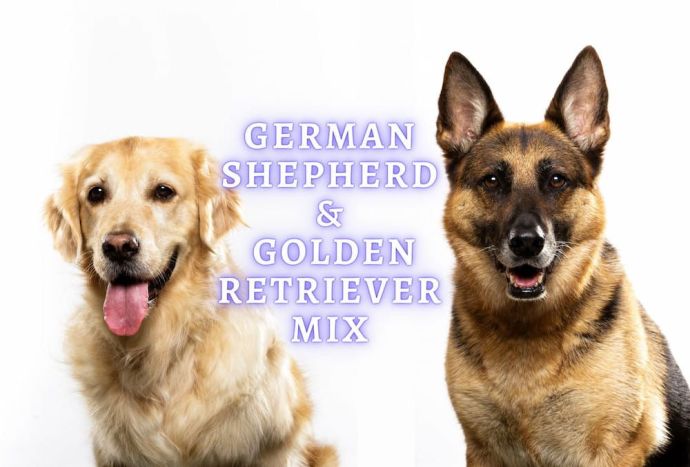 Dog Breeds German Shepherd Golden Retriever Mix: Golden Shepherd Temperament, Care and Adoption
Dog Breeds German Shepherd Golden Retriever Mix: Golden Shepherd Temperament, Care and Adoption - 567
- 0
 Dog Veterinary Tips Why is my Dog throwing up: Causes and Preventing (Veterinary Advice)
Dog Veterinary Tips Why is my Dog throwing up: Causes and Preventing (Veterinary Advice) - 22389
- 5
 Dog Care Why Is My Dog Bleeding From Its Butt? Causes and treatment of rectal bleeding in the dog
Dog Care Why Is My Dog Bleeding From Its Butt? Causes and treatment of rectal bleeding in the dog - 17977
- 0
 Dog Care My Dog Keeps Scratching His Mouth: Reasons Why Your Dog Scratching Face
Dog Care My Dog Keeps Scratching His Mouth: Reasons Why Your Dog Scratching Face - 17472
- 1









